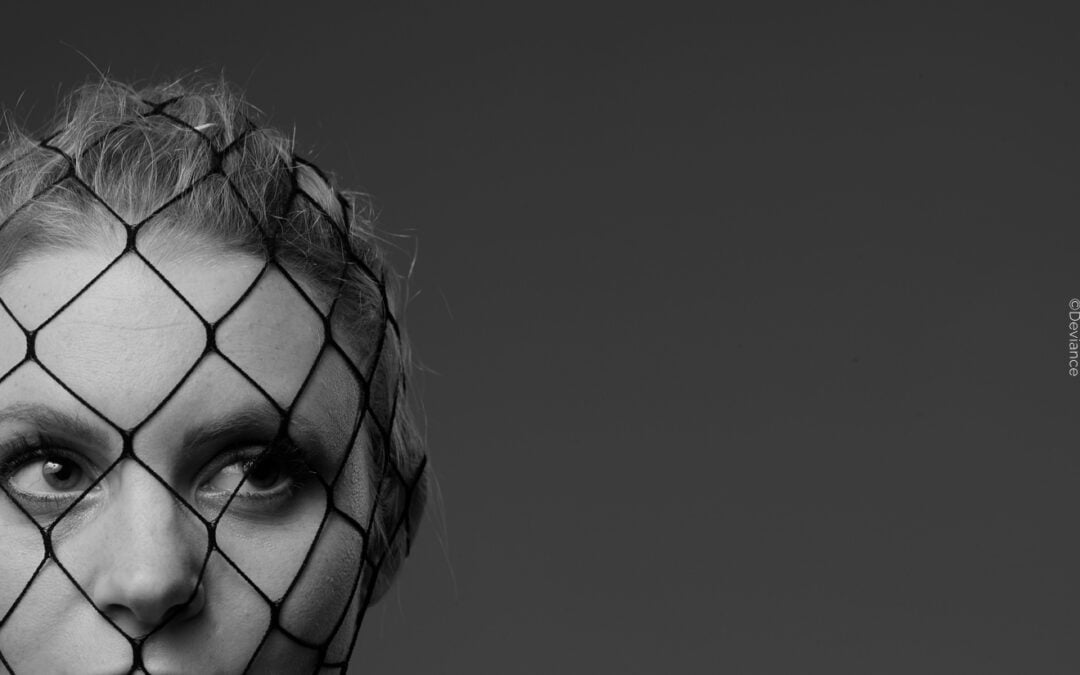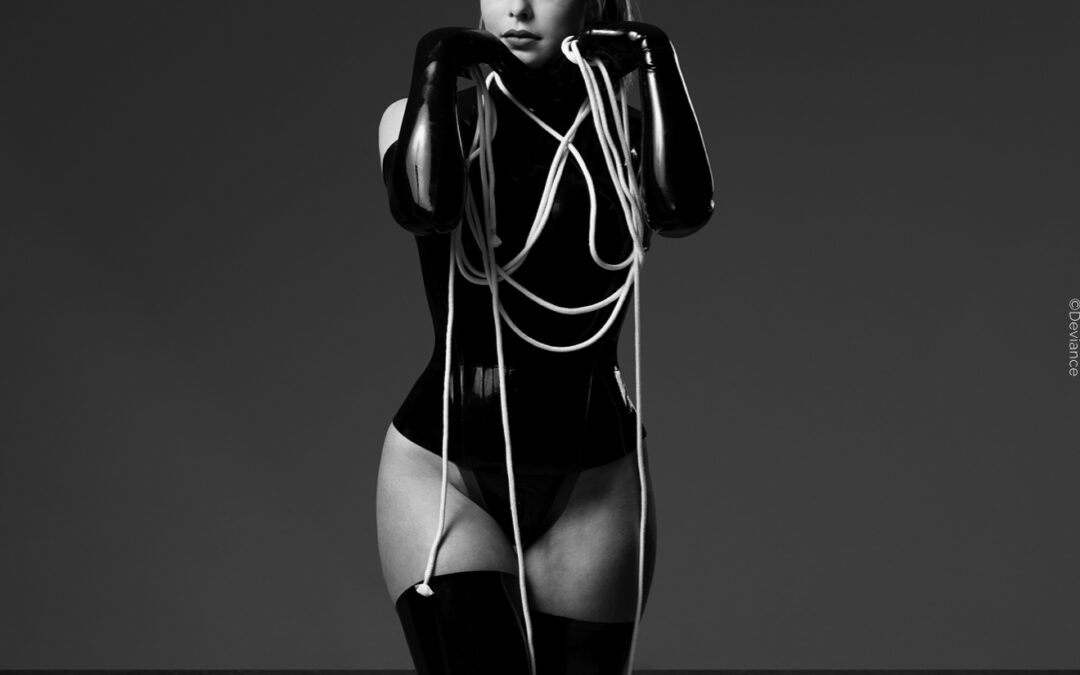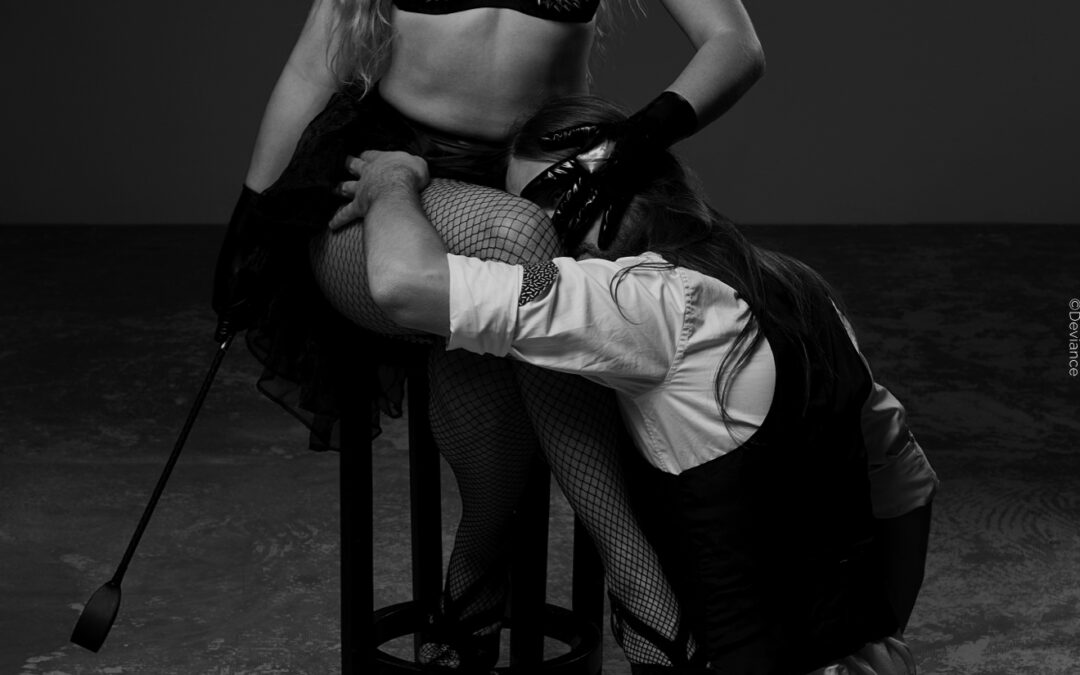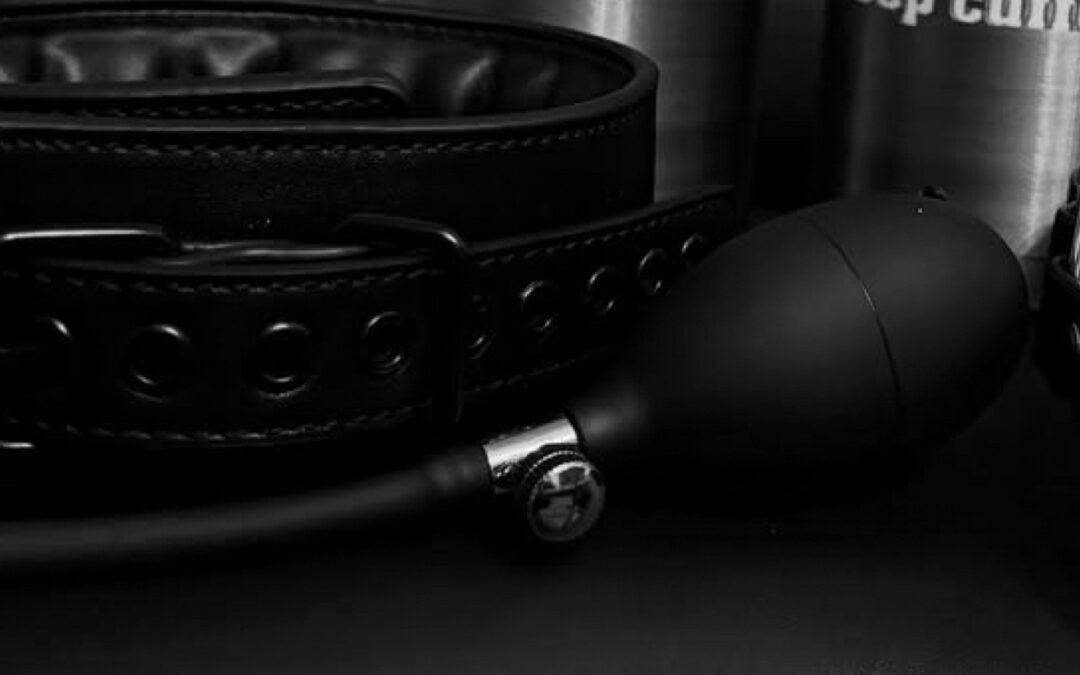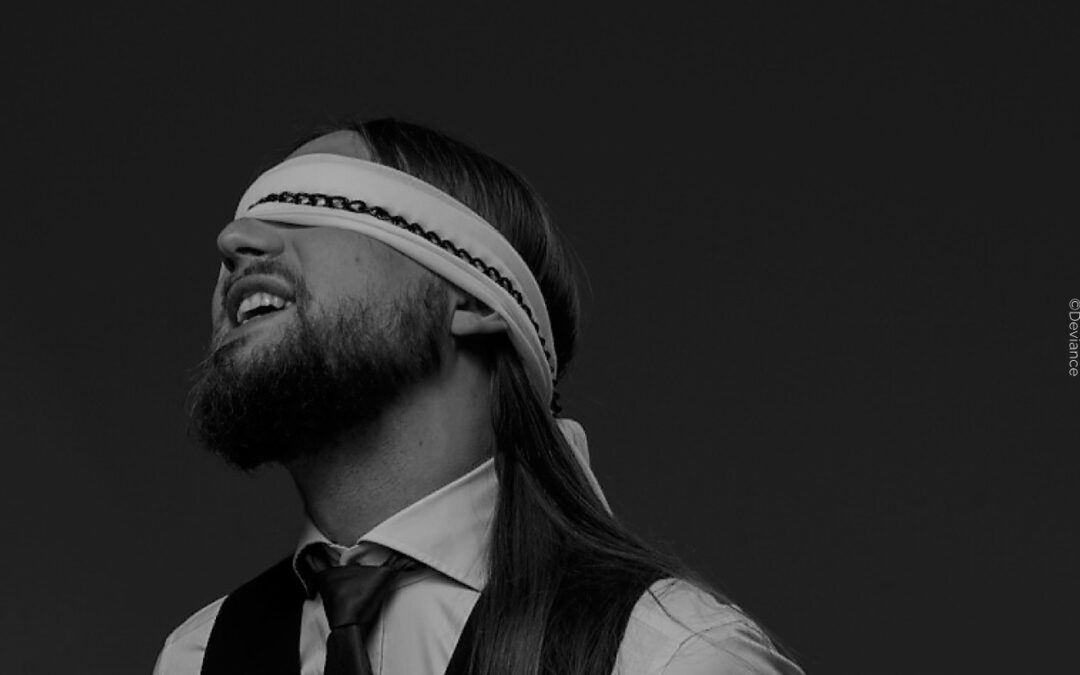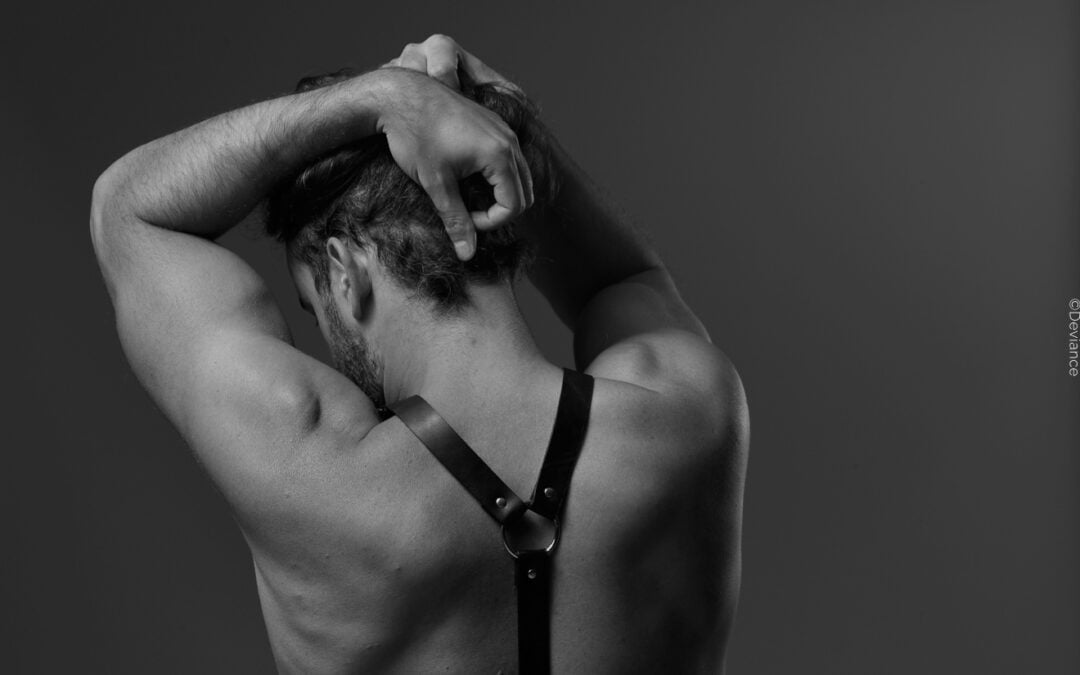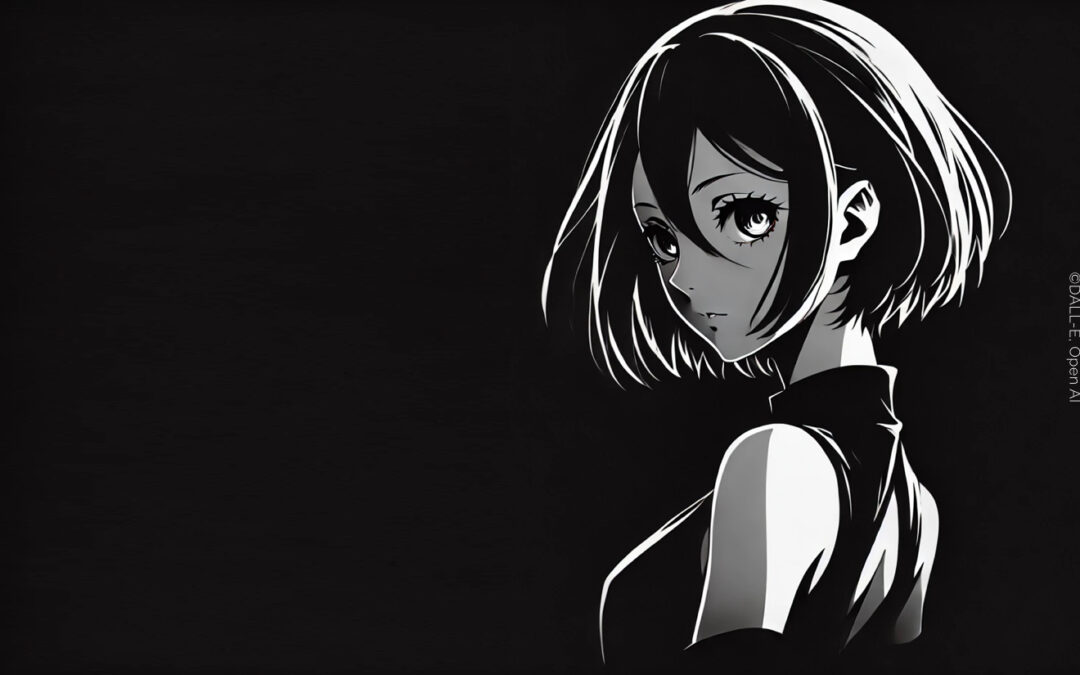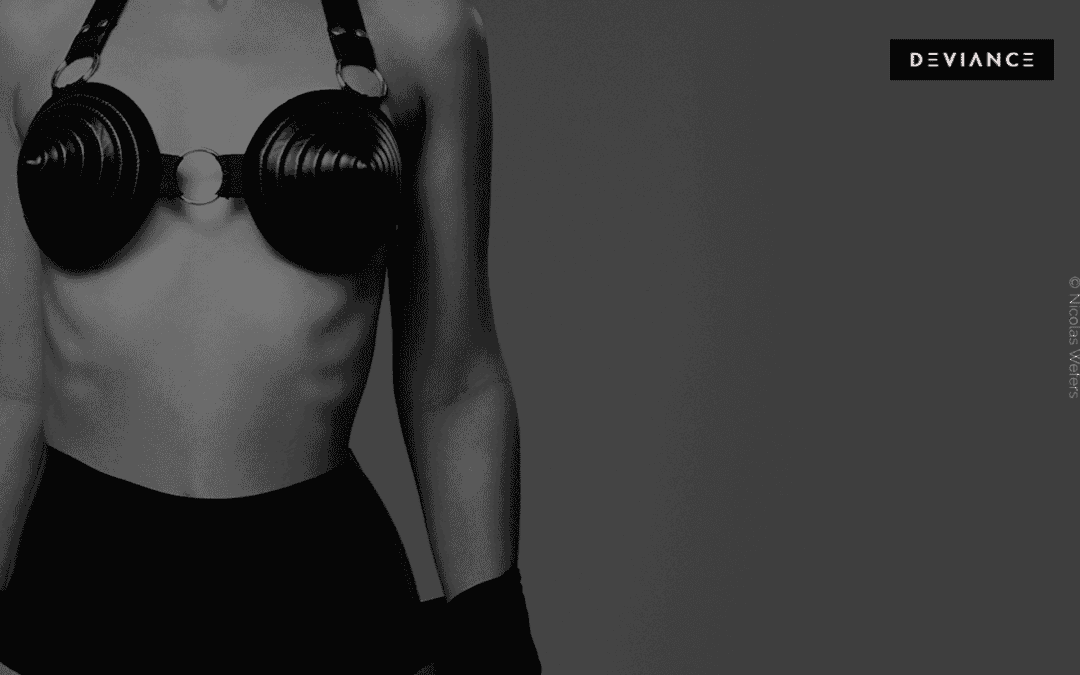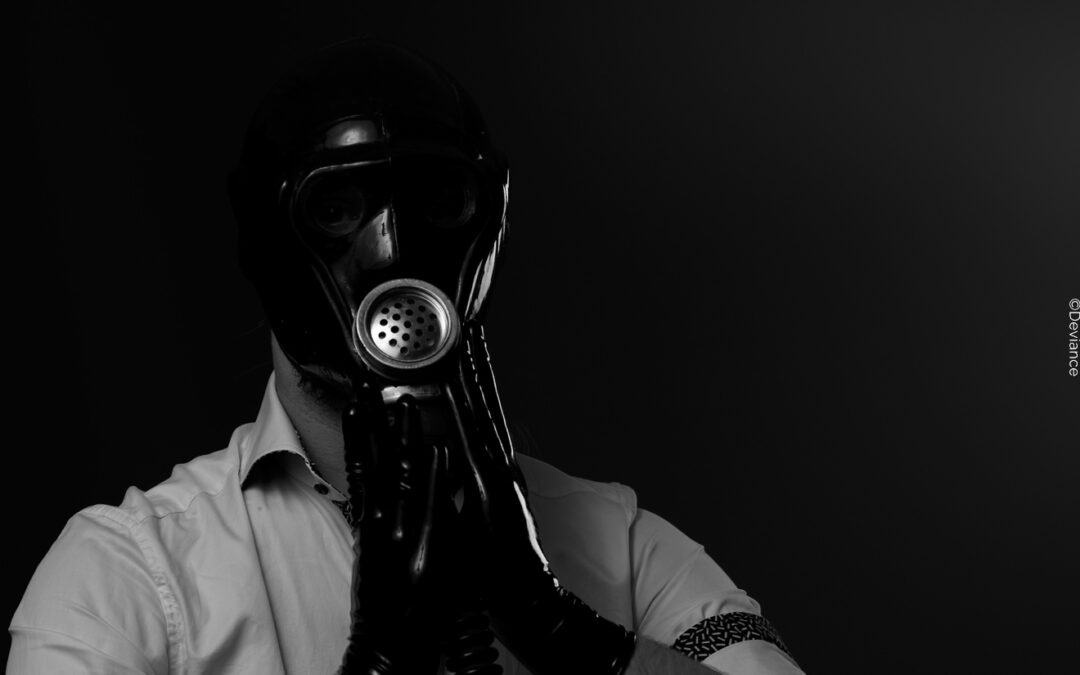What is a collar?
Collars are bands worn around the neck, used as jewelry or for purposes of restraint or guidance. They are commonly associated with their use in dogs, cats, and other animals. A collar is a band that can be made from various materials and encircles the neck. It is also well-known in the field of BDSM where the collar serves not only practical purposes but also holds significant symbolic meaning. Typically, it signifies that a submissive person belongs to a dominant person. However, collars are sometimes worn by dominant individuals as well, serving as a symbol to express belonging to the community.
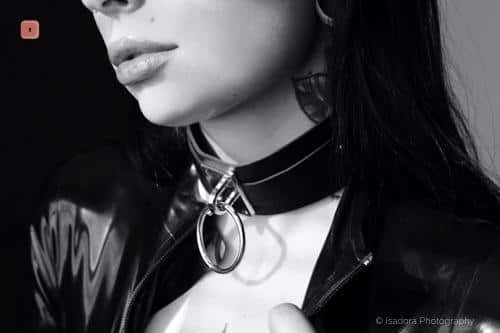
The so-called chokers, tight-fitting necklaces that can be bought in many jewelry and fashion stores, are visually similar. On the one hand, this makes wearing collars socially acceptable in everyday life, but on the other hand, it also makes it more difficult to recognize scene followers at a glance. Alternatively, there are also so-called neck corsets.
What types of collars are there?
The range of collars is almost endless. Starting with the materials, from sturdy or vegan leather to metal to denim, silk or even wood. The design can be simple and plain, smooth, decorated with studs or lace, V-shaped or straight, gold or silver. There are no limits to your imagination and manufacturers are constantly coming up with something new.
Most collars have a so-called O-ring attached to the front, an eyelet for tying them on, for example with a leash. The already powerful symbolism of this ring was popularized by the film “The Story of the O.” But there are also collars without an O-ring or with the option of attaching or sliding it on. Most collars can be taken off, but there are also some that can be locked.
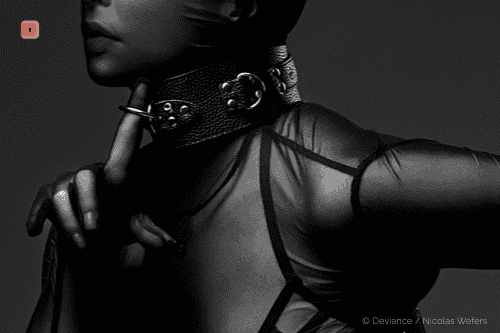
As mentioned earlier, collars are predominantly worn by Subs and Bottoms. Generally, there is a distinction between collars used for sessions and those used as jewelry. The former are often made from sturdy materials like leather or stainless steel, equipped with eyelets or a lock, offering versatility for intense sessions. For instance, in pet play as role-specific accessories for dogs and cats, or in the field of bondage to leash, tie up, or otherwise restrain the Bottom.
A decorative collar, on the other hand, is more simple and stylish made of softer materials or padding on the edges. Nevertheless, it can be observed that the metal versions are increasingly being worn as a collar in public.
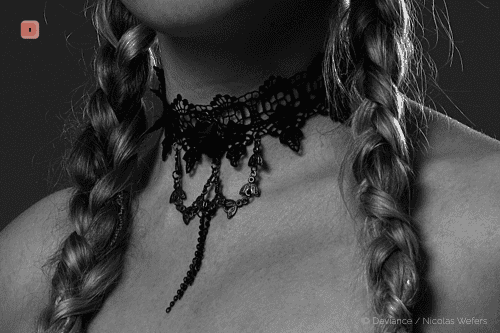
What does the community think about collars?
When asking the community itself about collars, the responses are diverse and intriguing. They range from “a symbol of deep connection” or “a sign of dedication” to “the ultimate symbol of submission” or “the wedding ring” on one side, all the way to “important only during play” or “a fashion accessory,” as well as “a marker for the scene,” reflecting various personal interpretations.
What do I need to know about a BDSM collar?
Like almost everything in BDSM, how much or what exactly the collar means to the wearer and their partner is very individual. In this context, it is also important to talk about whether a collar means something to you personally and, if so, what, so as not to unknowingly hurt the other person’s feelings. Some people even refuse to wear collars as a soft or hard limit because they disagree with the meaning or because they cannot tolerate the tight feeling around their neck. As always, make sure things are consensual.
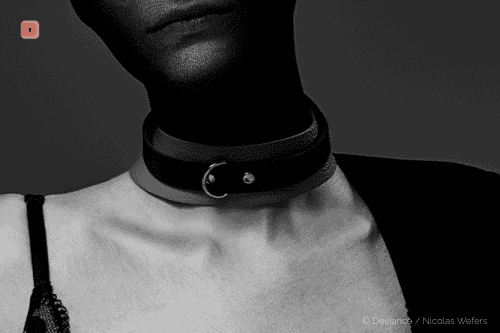
Since collars cover an extremely sensitive part of the body, a certain degree of caution should be exercised when using them. They must not be so narrow that the blood supply to the head or the supply of breathing air is cut off. If possible, they should not be used to restrain a standing person. If this collapses for any reason, strangulation, unconsciousness or brain damage can occur due to insufficient supply – and even death.
Where can I get the right BDSM collar?
Whether one buys their own collar or receives the collar as a meaningful act between the involved individuals is entirely up to each person. Often, beautiful rituals are associated with the presentation or wearing of a collar. In some D/s dynamics, the collar always belongs to the dominant person and remains in their possession even after a potential breakup.
